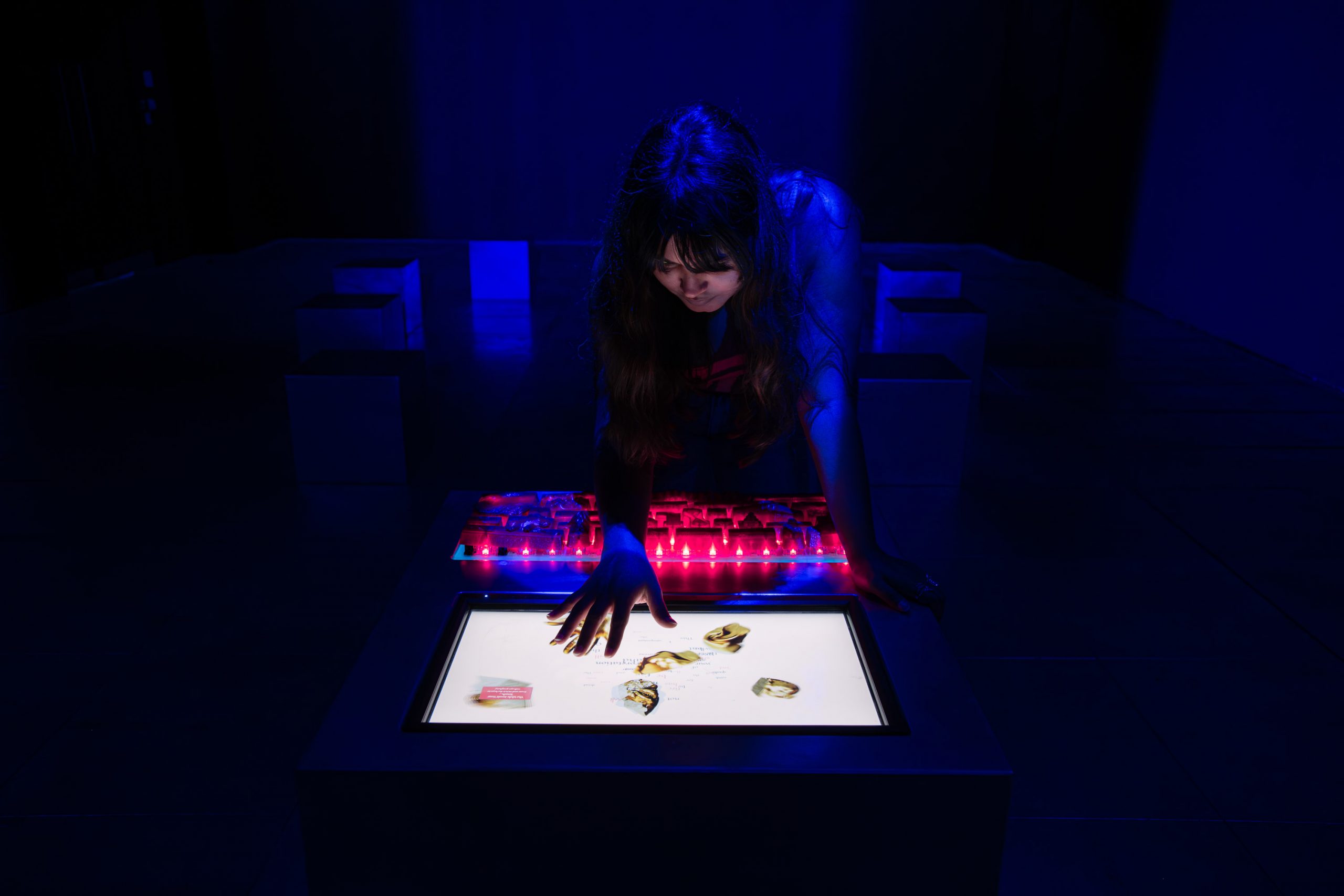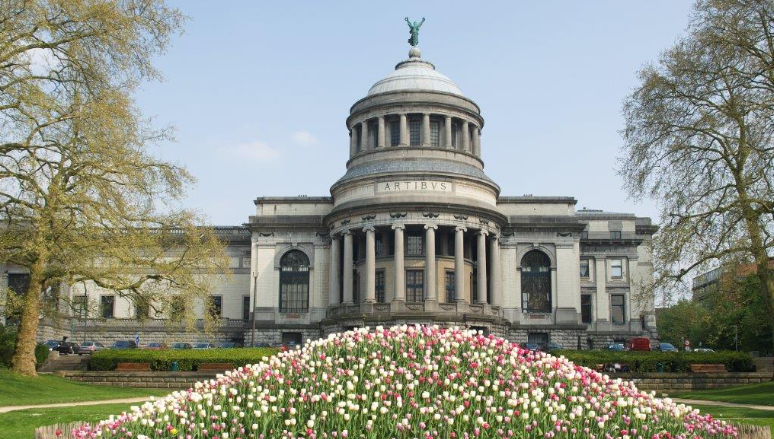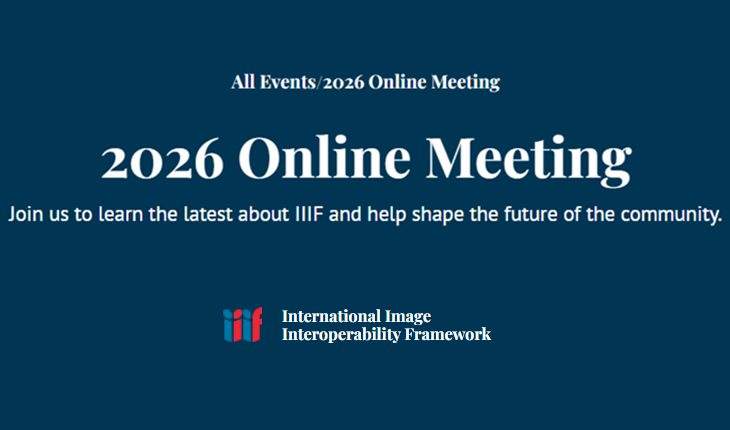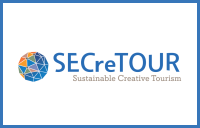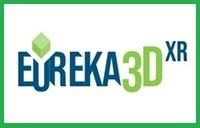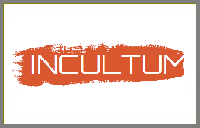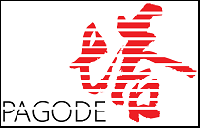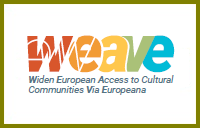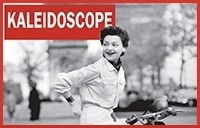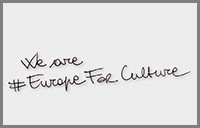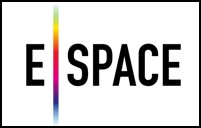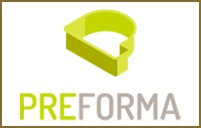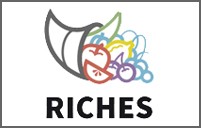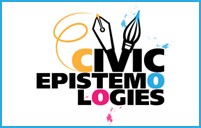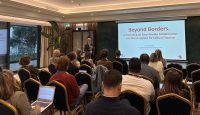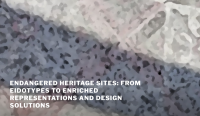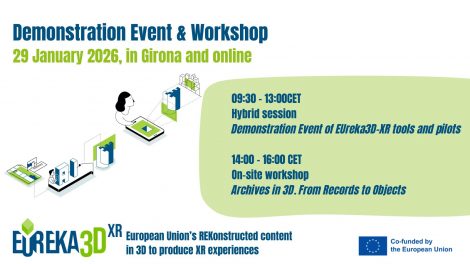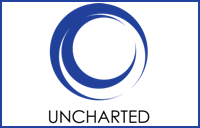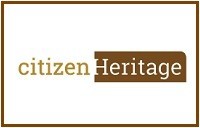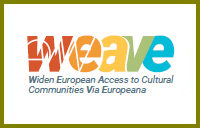Login Status
-
Free text
UPCOMING EVENTS:
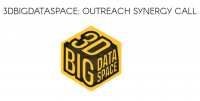 Open call to museums, research insitutions, GLAMs and more to make use of 3D cultural heritage assets and promote digital innovation.
Open call to museums, research insitutions, GLAMs and more to make use of 3D cultural heritage assets and promote digital innovation.The 3DBigDataSpace – Outreach Synergy Call offers a unique opportunity for museums and cultural heritage institutions to develop innovative public applications using 3D technologies. Two selected projects will each receive €10,000 to realise their concepts, along with technical guidance from … Continue reading →
 Design innovative, immersive environments that inspire change.
Design innovative, immersive environments that inspire change.Build with Bits (BwB) is an international online experience, where participants learn how to create virtual environments that generate a positive impact on local issues related to digital culture, education, and this year, we will have a special focus on sustainable … Continue reading →
Topic: digital preservation
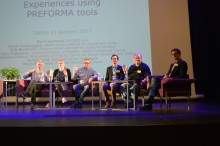
Hosted by the National Library of Estonia, the PREFORMA International Conference “Shaping our future memory standards” brought together 150 people worldwide to discuss the importance of standardisation and file format validation for the long term preservation of digital cultural content, discover the potential of the open source conformance checkers developed in PREFORMA and look at future challenges and opportunities. Continue reading
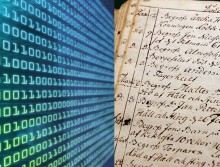
We are pleased to announce that The PREFORMA Handbook is now available to download. This publication is intended as a practical guidebook to be offered as a critical instrument to decision-makers in cultural heritage institutions, to support them in the analysis of problems and the identification of viable solutions, and as a technical reference to managers of digital archives and developers, to offer them guidance on how to use the PREFORMA tools. Continue reading
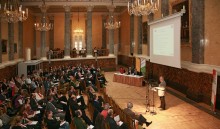
This year’s MUZEUM@DIGIT will be special as we celebrate the 5th conference since the start in 2013. The conference has become an important event in the Hungarian and international museum sector, hundreds of museum professionals have participated so far. All of … Continue reading
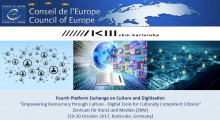
4th Council of Europe Platform Exchange on Culture and Digitisation The 4th Platform Exchange on Culture and Digitisation, being organised by the Council of Europe in cooperation with ZKM at the ZKM headquarters in Karlsruhe, from 19-20 October, will try … Continue reading

After the success of the previous EUDAT conference in Amsterdam which brought together more than 300 participants, we are ready to kick-off 2018 with the EUDAT conference “Putting the EOSC vision into practice“. The conference takes place in the stunning … Continue reading
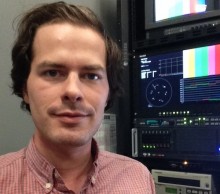
This is the seventh in a series of interviews with people using MediaConch within their institutions. Brendan is AudioVisual Digitization Technician at the University of California. He is using MediaConch both on the raw XDCAM captures, to make sure that they’re appropriate inputs to the ingest script, and on the outputs, to make sure the script is functioning correctly. Continue reading

The fourth edition of the TECHNOLOGYforALL Forum will be held in Rome from 17 to 19 October 2017. Italy’s role in the development and conservation of the world Heritage is a framework where we will try to analyse the weighted … Continue reading
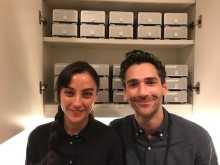
This is the sixth in a series of interviews with people using MediaConch within their institutions. Ben and Geneve work in the Audio and Moving Image Preservation Unit at at New York Public Library. MediaConch is an integral part of the Quality Control workflow to reformat audio and moving image research collections and specific policies have been created to this purpose. Continue reading
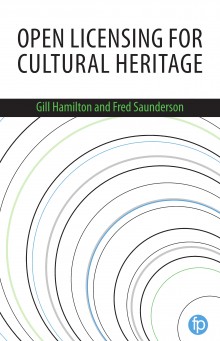
In the digital era, libraries, archives, museums and galleries are no longer constrained by the physical limitations of their buildings, analogue books, manuscripts, maps, paintings and artefacts. Cultural collections now can be safely distributed and shared globally. To ensure that … Continue reading

The PREFORMA project that commissioned and funded the development of veraPDF draws to an end this year. Recent activity has been focused on PREFORMA acceptance testing, formalising the decisions of the PDF Association’s Technical Working Group and fixing issues reported by the community. In this webinar, the veraPDF Consortium will present the results of recent development and the plans for life after PREFORMA. Continue reading


